Hubble Gets Creative: Mysterious Shadows in the Birth of Planets!
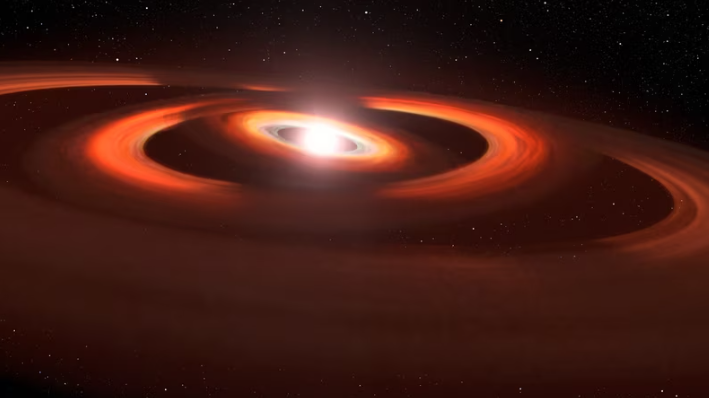
Hello, space adventurers! Today we are going to delve into the exciting world of the stars and their cosmic antics. Hold on tight, because the young star TW Hydrae is giving us a shadow puppet show that has scientists at NASA’s Hubble Space Telescope completely intrigued. Picture this: a mysterious shadow gliding across the face of a huge disk of gas and dust surrounding TW Hydrae, and it’s not a planet’s shadow! It turns out that there is a tilted inner disk within this star system, and it is so mischievous that it casts a shadow on the outer disk. What is going on here? Well, scientists believe that the gravity of an invisible planet is playing a part in this shadow game.
But the fun doesn’t end there, another shadow has emerged in just a few years, as if playing hide and seek. Astronomers have discovered that this could be due to the presence of another disk in the system. Two disks in the same star system! This is giving us clues that there could be a couple of planets under construction; TW Hydrae, a young star less than 10 million years old, lies about 200 light years distant from us, it is said that in its infancy our own solar system closely resembled TW Hydrae. Isn’t it fascinating? Due to its position in relation to Earth, we can observe this system from a unique perspective, as if we were looking at a planetary construction yard in full swing.
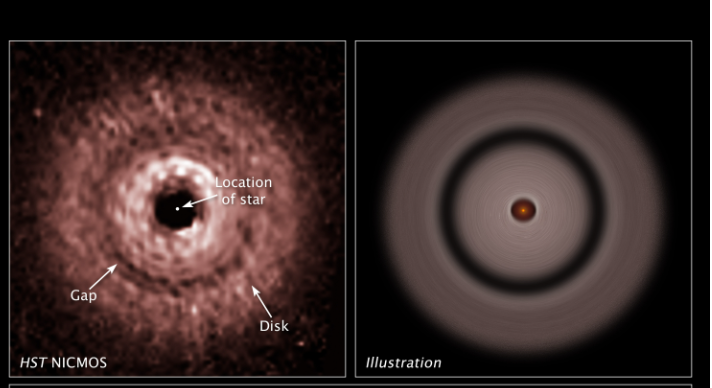
The discovery of the second shadow was made in June 2021 as part of a long-term observing program. Imagine the surprise of the scientists when they realized that something completely different was going on! There were moments of bewilderment and head-scratching, but they eventually came up with an explanation, the misaligned disks could be caused by the gravitational pull of two planets in slightly different orbits. It is as if two vinyl records were spinning at different speeds, sometimes in line and other times one ahead of the other.
These two rogue disks are tilted between five and seven degrees with respect to the outer disk, similar to what happens in our own solar system. In addition, the outer disk has a curious gap at a distance equivalent to twice the average distance from Pluto to the Sun. Could this be evidence of a third planet in the system? The plot is getting even more interesting! Detecting planets in this system is not an easy task, light from possible planets is lost in the brightness of the star, and cosmic dust attenuates any reflected light. It will take careful observations and advanced technology, such as the James Webb Space Telescope, to reveal more detail about these shadows.
So, dear friends, each discovery brings us closer to understanding how planets form and how star systems evolve. Space science never ceases to amaze us! Stay tuned for the next investigations, because who knows what more cosmic secrets this young star will reveal to us. ¡Hasta la próxima, exploradores del universo!
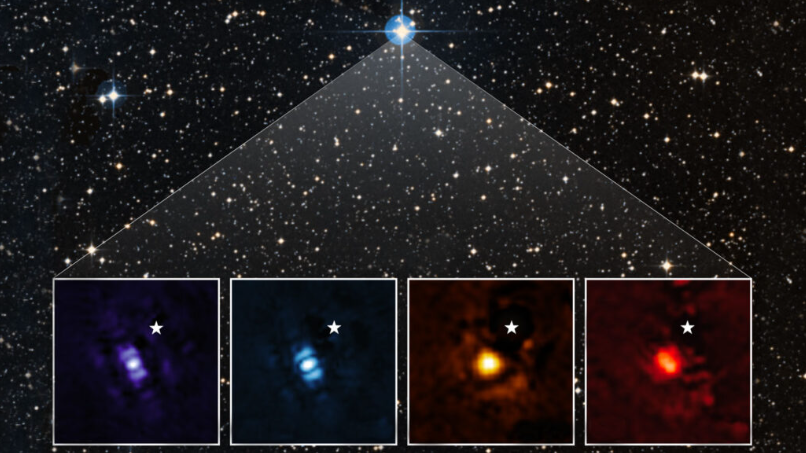
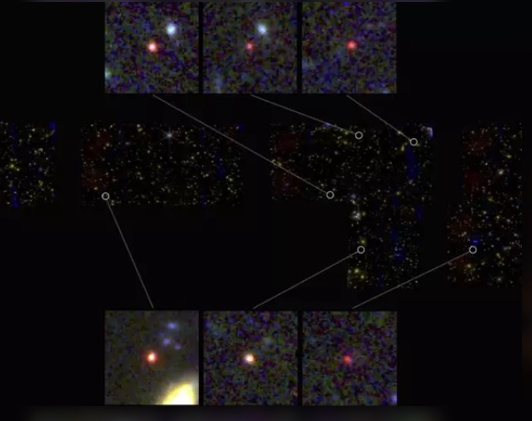
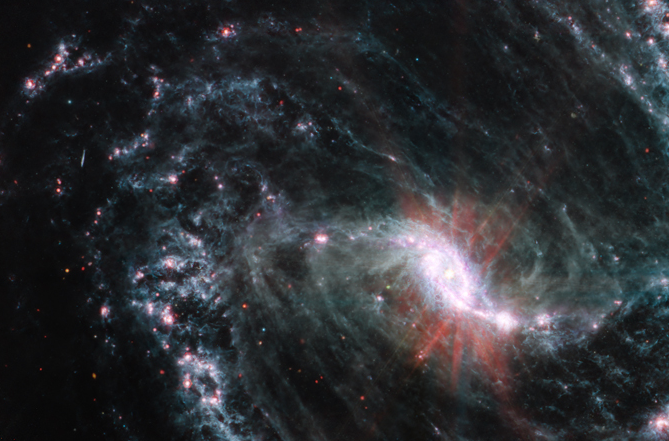
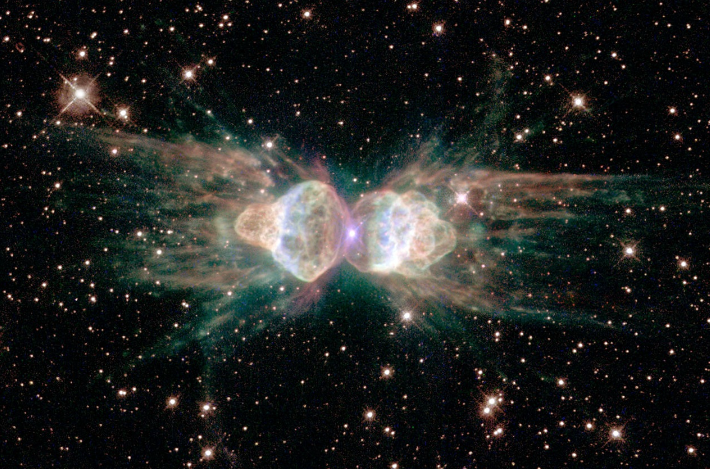
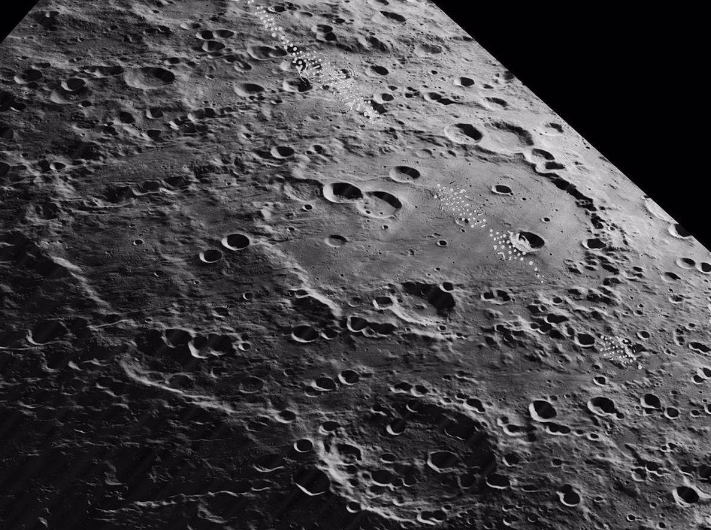
Responses